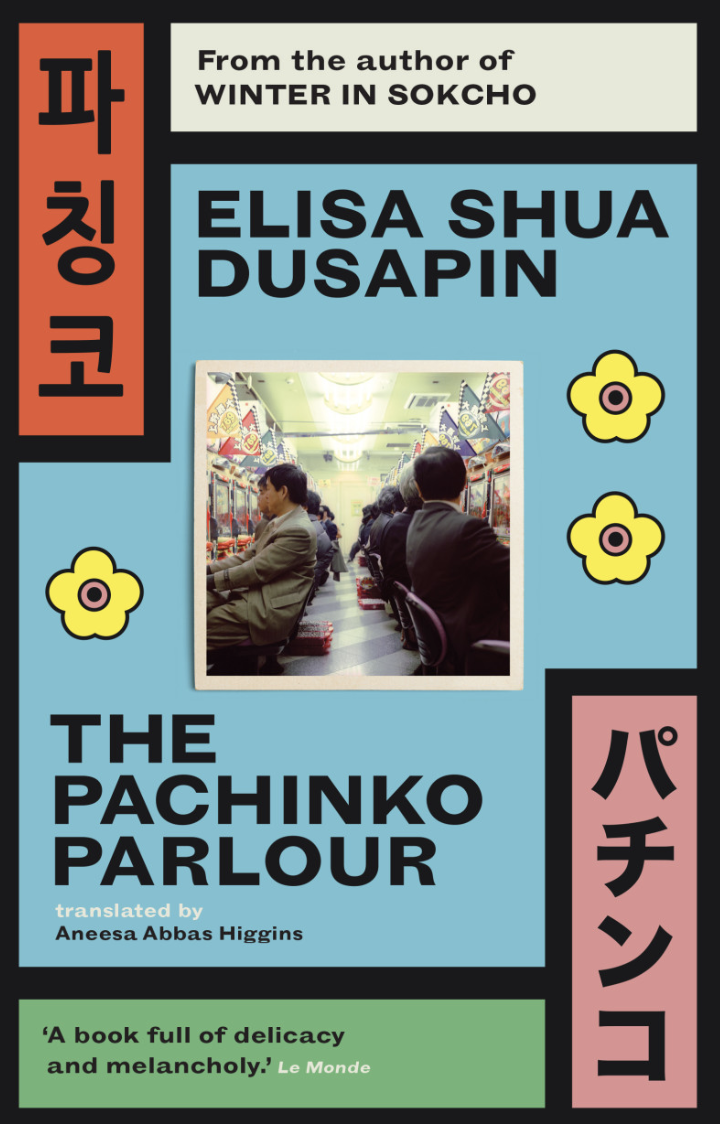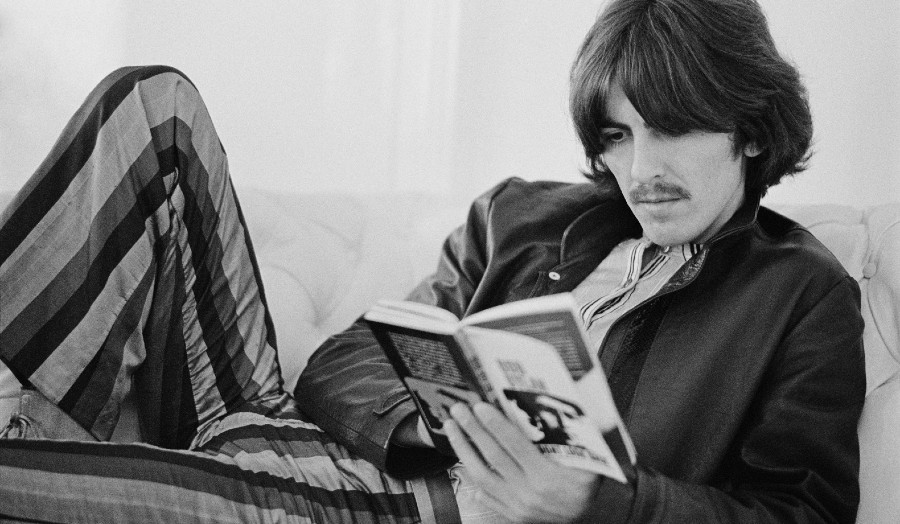Elisa Shua Dusapin’s anticipated second novel, The Pachinko Parlour is a superb and atmospheric exploration of finding yourself in family, and in the generations that came before, and after you.
Brooding and seductive in its telling, The Pachinko Parlour is the highly anticipated second novel by Elisa Shua Dusapin, the author of the bestselling Winter in Sokcho, which was the runaway literary success of 2021. Translated beautifully from French by Aneesa Abbas Higgins, The Pachinko Parlour has gone on to win the US National Book Award for translated literature.
The Pachinko Parlour is the ultimate exploration of identity and otherness, asking the time-old questions that resonate so deeply and profoundly in any 20-year-old that is searching for answers, but not always knowing the right questions to ask. What the hell are we doing? And how did we get here?

The story follows 20-something Claire, who finds herself dividing her time tutoring 12-year-old Mieko, and idly languishing on the floor of her grandparent’s apartment in Tokyo. Dusapin captures the surroundings of her protagonist to a T. As Claire steps out of Shinagawa Station, “limescale on the walls, plasma screens flashing toothpaste ads,” to when Claire wriggles out of her clothes and unrolls a tatami mat to find a cool place to lie on the floor, “the windows are street height. Lying on the ground, I can see people’s legs hurrying past, heading for the narrow streets of Uguisudani, where the love hotels are.”
The tone is at times symphonic, atmospheric, and a little bit claustrophobic as the peak of the heatwave seeps in and lingers over the city. Claire observes the moss green walls at the station, the bright lights of the pachinko parlour, and the weathered sandwich board worn by a girl who advertises the sign out the front of the parlour, with a sense of exhaustion and lackluster, all driving home the incessant questioning and analyzing of a life that has only just begun to scratch the surface. On the cusp of wanting more, but not knowing what that is, Claire searches for her truth, through the pachinko parlour-lined streets of Nippori.

Dusapin’s dual nationality echoes the present sentiment of modern-day living, forcing Claire to cast aside identity and reach within to seek who she is. Identity and unspoken family histories lay at the heart of Dusapin’s work, and are shown through Claire’s considerable efforts to organise to travel to Korea, with her grandparents, who seem to have a knack for waylaying.
Claire does find her answers, in between three women at three different stages of life: Mieko, Mieko’s middle-aged mother, and Claire’s grandmother. But it is with her unexpected bond with Mieko, that drives the story, and pushes her to dig a little deeper to find the answers she is seeking, that have been inside of her all along.
The Panchinko Parlour’s beauty lies in its ability to subtly and artfully capture the surrounding architecture, inhabitants, and mood, in a way that speaks for the protagonist’s mind, body and soul. Like contemporary authors Mieko Kawakami’s Tokyo and Kazuo Ishiguro’s Oxford, England, is chosen to house the lonely, the subtle beauty of their words wash over you, rendering your heart still, yet wanting for more in this life than words can describe.
Holding the quietude of Barn Burning by Haruki Murakami without the ‘burning’, Dusapin is a captivating new female voice whose work is perfectly rendered and lingers long after the last page is read.
The Pachinko Parlour is out now via Scribe.



